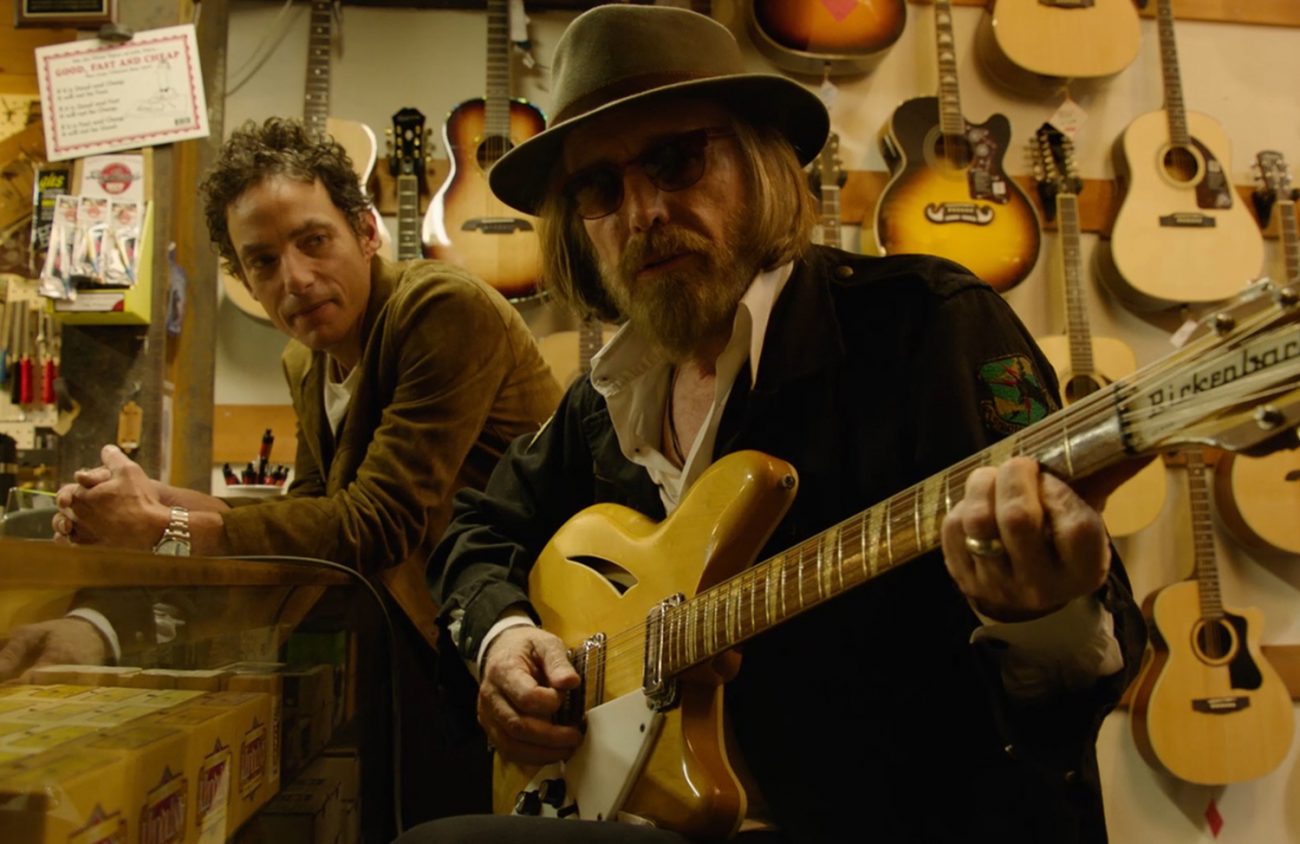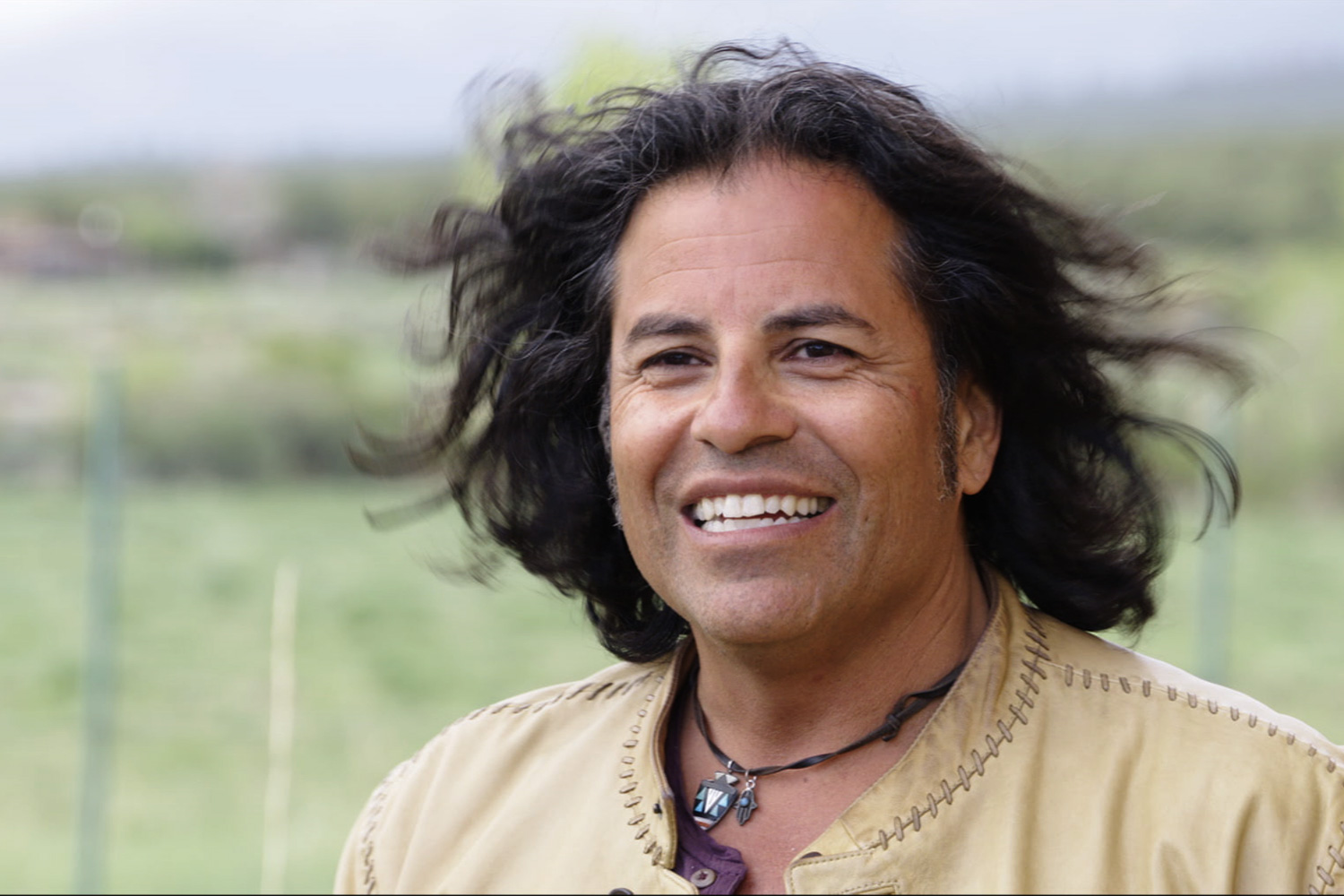The best rock documentaries and musical biopics tell untold stories about artists, sounds and scenes that, although they were little known in their own time, rewrote the rules of the game from the margins of history. In doing so, these films assert, this work exerts an outsized influence on all that followed, with little credit received. Revisiting these stories, as an audience, feels like not only a pursuit of justice but a reckoning with the art of songwriting itself.
Take, for example, Rumble: The Indians Who Rocked the World (Amazon), directed by Catherine Bainbridge and Alfonso Maiorana. This 2017 Canadian documentary lets us breathe the rich vein of Native American influence on rock music through artists like Charley Patton, Link Wray and Buffy St. Marie. Once this influence is pointed out, you can’t unhear it, especially among the early songs of rock ‘n’ roll’s canon. The movie could easily be an indictment of a shared listening blind spot, but instead we’re urged to hear this familiar music anew and correct an injustice that has gone on for far too long.
Better known than the Native American imprint on early rock is the influence of the Laurel Canyon music scene of the ’60s and ’70s, to which artists such as The Byrds, The Beach Boys and The Mamas & The Papas belong. Nevertheless, 2018’s Echo in the Canyon (Netflix), hosted by the effortlessly cool Jakob Dylan, lead singer of The Wallflowers and son of Bob, uncovers new stories to tell.
Using interviews with artists from the era as well as testimony from contemporary musicians like Beck and Regina Spektor, the film, directed by Andrew Slater, questions why verdant music scenes like Laurel Canyon spring up when they do. You’ll be hard-pressed not to cry at the bits featuring the dearly-missed Tom Petty.
Speaking of Bob Dylan, I could have picked either one of Martin Scorsese’s Dylan docs. They’re both delicious, but I chose Rolling Thunder Revue: A Bob Dylan Story (Netflix), if, for no other reason, the perverse joy brought by the fact so much of it is completely made up. The fiction is disclosed, after all, right there in the name — A Bob Dylan Story — and the story told is of Dylan’s carnivalesque 1975 Rolling Thunder Revue tour, blending concert footage and interviews with those who were actually there, including the man himself.
Which tales are real and which are there to further build the Dylan myth? The movie proves that Dylan is, and always was, a master trickster, belonging to everyone by answering only to himself. Although the Rolling Thunder era is perhaps less well known than other tentpoles in Dylan’s career, the songwriter and his band were at their most ferocious at this point. The film’s soundtrack is also fantastic.
A musician who received Dylan-like accolades only posthumously is Ian Curtis, singer with the English post-punk band Joy Division, who hanged himself on the eve of his band’s first ever U.S. tour in 1980. Last month marked the 40th anniversary of Curtis’ death.
Control (Amazon), the 2007 biopic, stars Sam Riley as the singer and marks the directorial debut of acclaimed rock photographer Anton Corbijn. Examining Curtis’ personal life, the film leaves off at the point of his suicide, forgoing the story of Curtis’ immense influence on modern music or how his bandmates went on to find mainstream success as New Order.
Control renders England in the 1970s in doleful black and white, building a portrait of the artistic spirit in working class U.K., not unlike the work of painter L.S. Lowrey, who was known for his scenes of industrialization and urban decay. The same could be said of the music of Ian Curtis.
Another documentary about a star gone too soon is Everybody’s Everything (Netflix), about Soundcloud rapper and Gen Z bad-boy style icon Gustav Elijah Åhr, better known as Lil Peep. He came to prominence mixing emo, trap and hip hop with hyper-confessional and deeply nihilistic lyrics.
Peep was a massive star in the Soundcloud rap microgenre — arguably one of the last few trends in popular music to be organically sourced rather than conceived in some record label, wag-the-dog, boardroom scenario. He died of a drug overdose in 2017 at the age of 21, just as he was crossing over to mainstream success and the same year he played a show in Eugene at Hi Fi Music Hall, now known as Sessions Music Hall.
In many ways, Peep’s story is a familiar one. A prodigious and aggressively talented young artist, born in trauma, with romantic ideas about democratizing the music industry, goes on to find an audience and skyrocket to stardom, only to end up grist in the mill for naked opportunists and emboldened cash-grabbers.
What’s different, though, is Peep was arguably the first star reared and martyred on the crucible of the internet, an identity collapsed in upon itself, hollowed out by social media.
The film, directed Sebastian Jones and Ramez Silyan and produced, surprisingly, by acclaimed director Terrence Malick, ends with a long shot of Peep on the sidewalk. He soon disappears into a home with a Bernie Sanders 2016 campaign sign out front. In that moment, an entire generation is defined.

